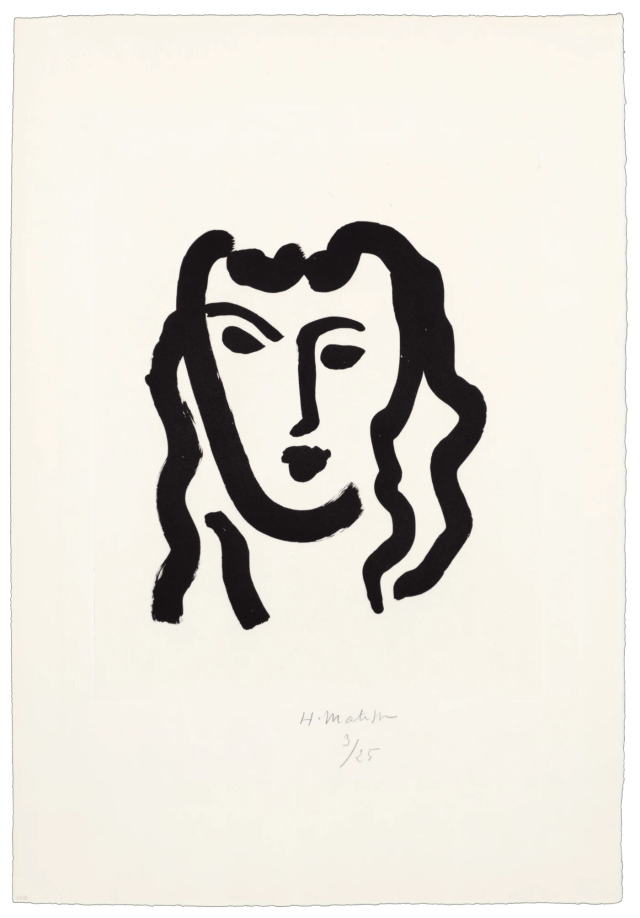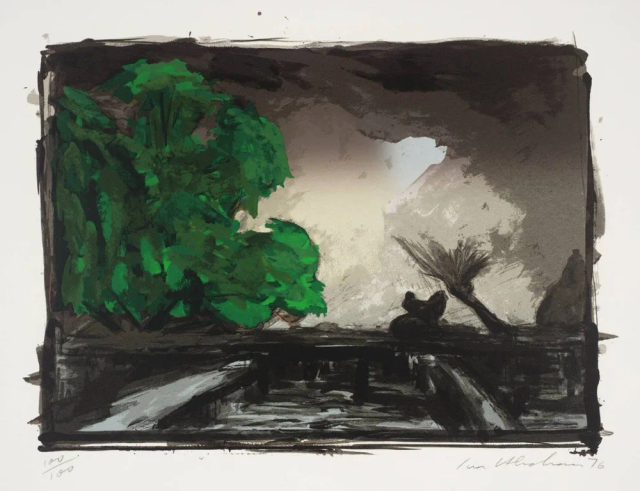
Graham Sutherland Flowers in a Stone Urn
Gallery:
Year:
1950
Technique:
oil on canvas

Gallery:
Year:
1950
Technique:
oil on canvas
The painting "Flowers in a Stone Urn" by Graham Sutherland is an oil on canvas artwork. The scene features a large stone urn filled with a variety of flowers, arranged in different positions, with some in bloom and others still in bud. The urn itself is placed in the center of the painting, drawing the viewer's attention to its intricate form.
In the 1920s, Graham Sutherland ventured into the realm of printmaking, predominantly focusing on romantic landscapes. His early works were often rendered in watercolors before he transitioned to the rich and expressive medium of oil paints. During this period, he captured the enchanting landscapes of Pembrokeshire, showcasing his profound connection to the natural world.
The 1930s brought a significant shift in Sutherland's artistic endeavors as the Great Depression led to the decline of the print market. Turning his attention to painting, he delved into depicting industrial scenes, revealing the eerie allure of mechanical forms. In his art, he abstracted natural shapes, imbuing his work with a surrealist touch.
The onset of World War II marked a pivotal moment in Sutherland's career. He began to portray the aftermath of the destruction caused by the Blitz in both Wales and London. His series of paintings, collectively titled "Devastation," served as poignant wartime propaganda, concealing precise locations and omitting depictions of human remains.
The 1950s saw Sutherland transition into a more realistic style. Notably, he was commissioned to paint a full-length portrait of Winston Churchill, which garnered mixed reactions. Some marveled at the portrait's likeness, while others found it controversial. This endeavor propelled Sutherland into the realm of unofficial state portraiture, with subsequent portraits of public figures like Konrad Adenauer and the Queen Mother.
In his later period, Sutherland's art continued to evolve. He drew inspiration from his beloved Pembrokeshire, incorporating motifs from the region, such as the estuaries at Sandy Haven and Picton, into his work. These later works reflected his deep connection to the landscapes that had always been a source of inspiration.

Eduardo Paolozzi
Pop Art Redefined
4

Henri Matisse
Patitcha. Masque
4

Ivor Abrahams
For John Constable
5

Larry Poons
Rattled 90A-8
2